Chinese therapy balls have long been farned as one of the “three treasures” of Baoding, China. First produced during the Ming Dynasty (1368-1644), therapy balls have often been improved Chinese the through handicraftsmen. by ages skilled
Originally, these balls were simple, solid. cylindrical objects. Later, handicraftsmen began designing hollow balls and inserting sounding plates
that produce high and low tones when used. These lighter balls are easier to handle and the musical tones contribute to the relaxation process that results from exercising with them.
According to traditional Chinese medical theory, Jingluo (this term refers to various channels in the human body through which vital energy travels and where important acupuncture points are located), a person’s fingers are connected by a variety of channels to vital organs of the human body, including the brain, heart, liver, lungs, kidneys, and stomach. When used, the balls massage the acupuncture points in one’s hands, contributing to smoother blood circulation, improved muscle tone, stronger bones, clearer thinking, and a relief of fatigue and worry which
will lead to a prolonged and healthier life. Directions: The balls are placed in one’s hand
and rotated in either a clockwise or counter clockwise direction. This exercise will keep all of the points in one’s hands in constant motion, with the muscles in one’s fingers and forearms contracting and relaxing harmoniously. Beginners should select balls of a smaller size and then, over time, increase ball size as one’s proficiency improves. Ultimately, one can exercise both hands alternately or simultaneously and may even choose
το use three or four balls in one hand.
Maintenance: The bells, are made of metal
and, hence, should be kept dry and clean. Although the balls are strong and durable, owners should avoid violently knocking them against each other and against other solid objects and surfaces.


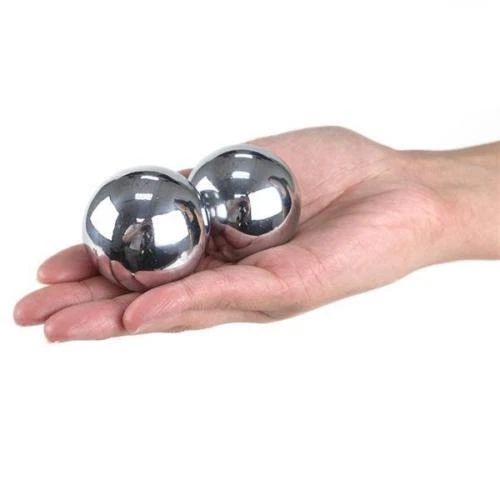

























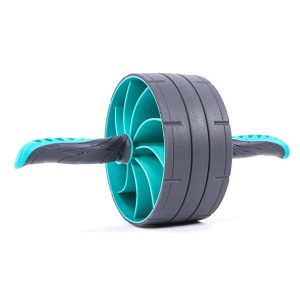
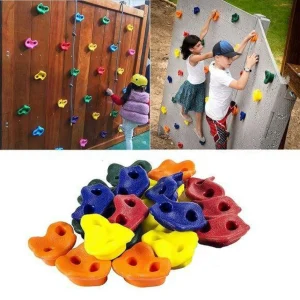

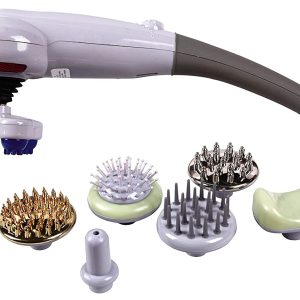
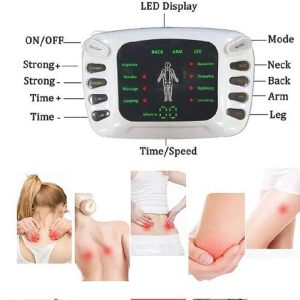
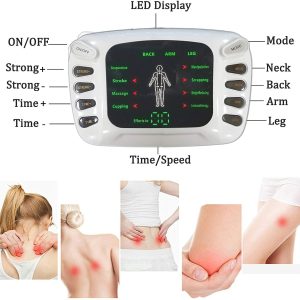
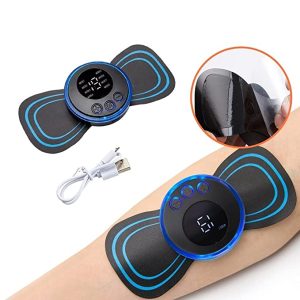

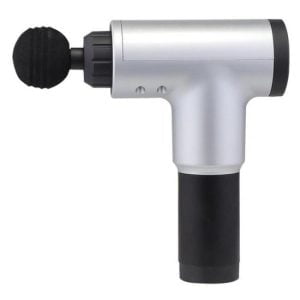
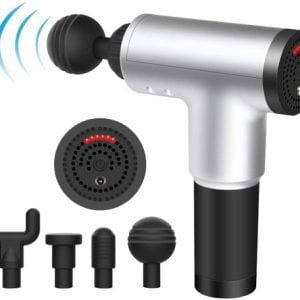
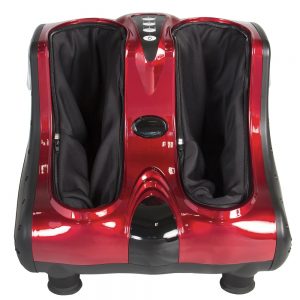
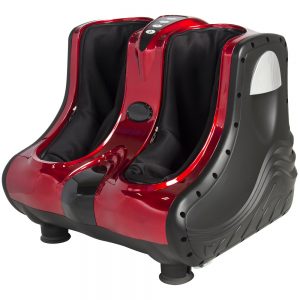
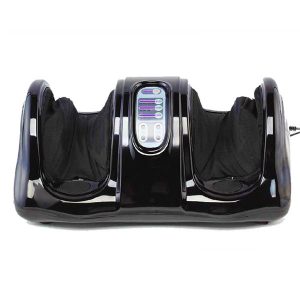
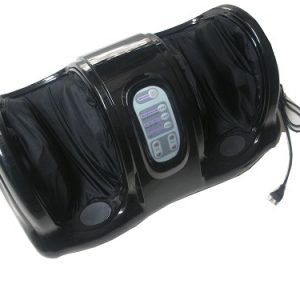

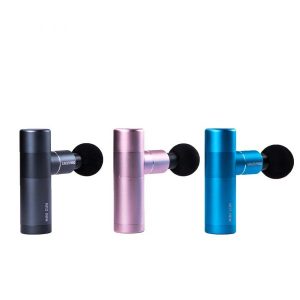

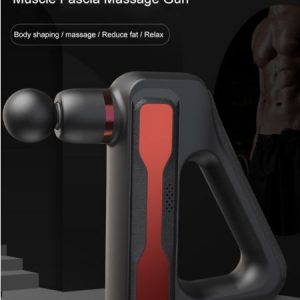
Reviews
There are no reviews yet.